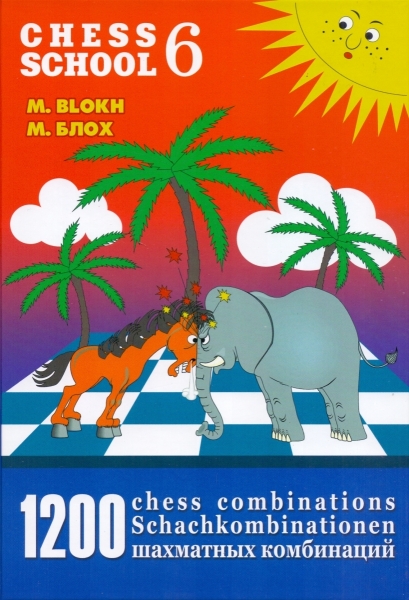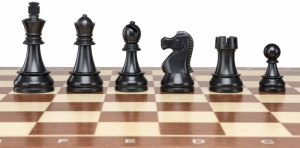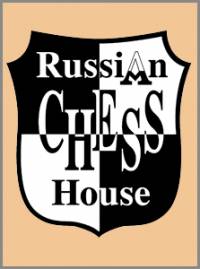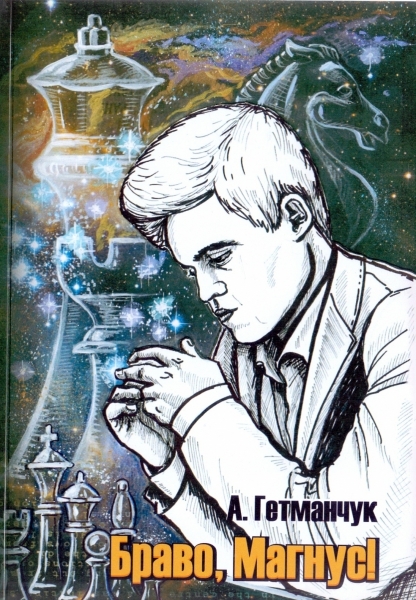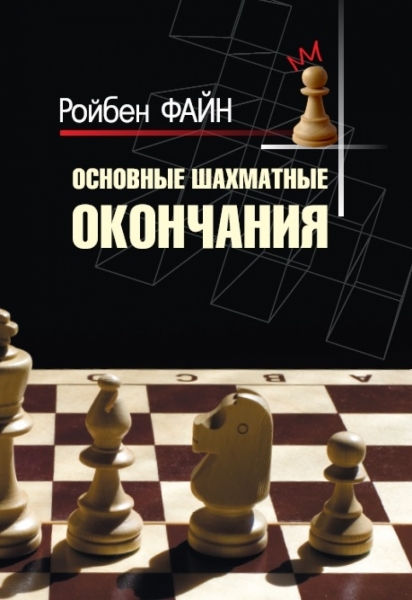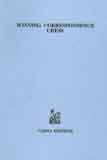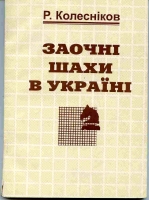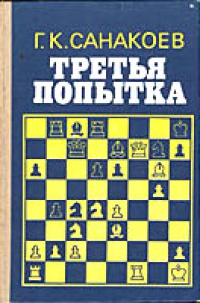Correspondence chess
-
17.27 $
Konstantins Grivainis has a varied and interesting life. Born in Latvia, he emigrated to Sweden in 1944 when only seventeen. Later he settled in South Africa; and later still, in America. There are two aspects to this interesting book. On the one hand, it is a collection of the author’s best games. On the other hand, the game of correspondence chess.
-
9.67 $
In Ukrainian. Significantly enhanced and improved edition. 300 batches. For a wide range of chess lovers
-
6.22 $
In Russian. A lot of parties and other information.
-
-
22.45 $
This 186 page book, published in the 1980s, was the only in the literature. That the author is a noted chess historian and translator of Russian works is immediately noticeable. Hanon Russell uses a tentative approach, from a historical perspective, to trace the origins of correspondence chess, from its beginnings, to the date of publication. There are chapters on the early city matches, the Steinitz-Chigorin Match, the beginnings of the ICCF, the World Championship Series (I-VIII), correspondence chess in Russia, and over the board (crossboard) GMs who played CC. The rest of the book is devoted to practical advice.
-
26.17 $
The winner of the XII World Cup of Correspondence talks about his chess career and comments in detail on the best games. Amazing depth and brightness of thought!
-
4.84 $
Introduction to the world of correspondence chess, the best creativity.
-
24.83 $
The first international grandmaster of the ICCF Alexander Volchok in Ukraine tells about his work, ways of self-improvement, secrets of higher skill; comments on selected parties. There are criteria for making the difference between automata. But if you understand, then there are only two types of machines: slots and video slots. Probably everyone remembers "one-armed bandits". In order to play, you just had to pull the lever. On the site
-
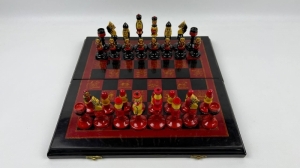 Wooden souvenir chess
190.00 $
Wooden souvenir chess
190.00 $
-
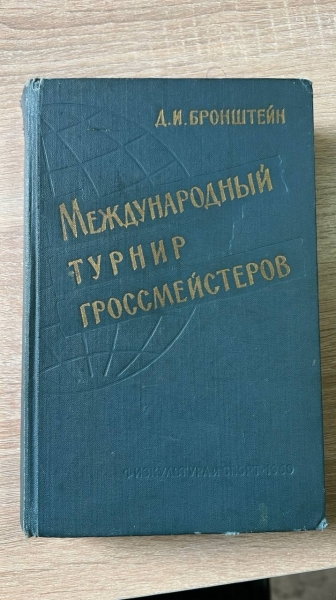 International Grandmaster Tournament
Author:
International Grandmaster Tournament
Author:
Bronstein 21.10 $ -
 Author:
Author:
Fisher 13.33 $ -
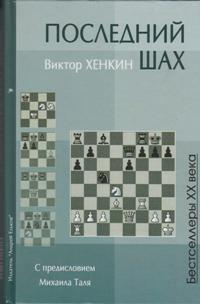 Last Shah
Author:
Last Shah
Author:
Henkin 25.00 $ -
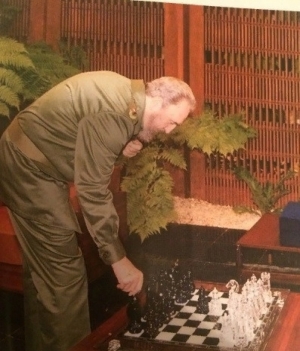 Large vintage crystal chess USSR
666.67 $
Large vintage crystal chess USSR
666.67 $
-
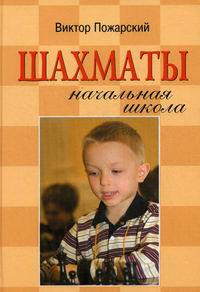 Chess: primary school (printing in two colors, a block of color photos on coated paper)
Author:
Chess: primary school (printing in two colors, a block of color photos on coated paper)
Author:
Pozharsky 66.67 $ -
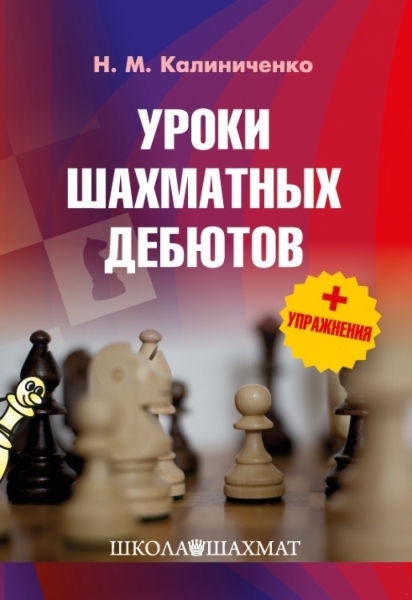 Author:
Author:
Kalinichenko 26.63 $ -
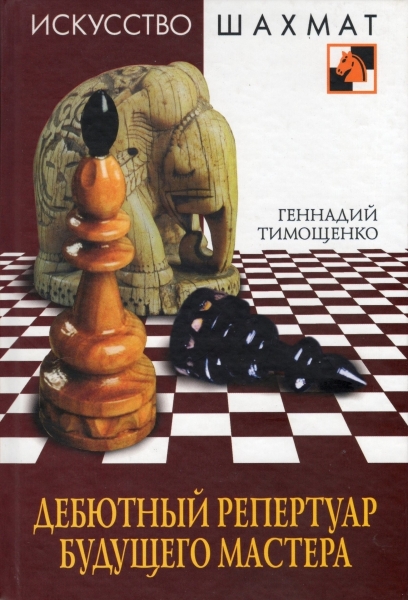 Debut repertoire of the future master
Author:
Debut repertoire of the future master
Author:
Timoshenko 40.00 $ -
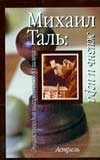 Mikhail Tal: life and play
Author:
Mikhail Tal: life and play
Author:
Linder 43.33 $ -
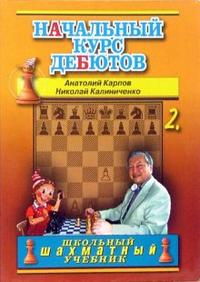 The initial course debuts. Volume 2. (Integral)
Author:
The initial course debuts. Volume 2. (Integral)
Author:
Kalinichenko 20.00 $
 Русский
Русский  Английский
Английский 
